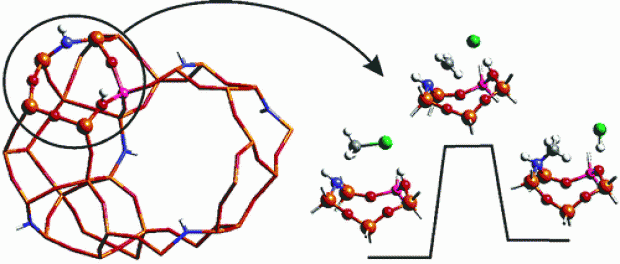Why does the uncoupled hindered rotor model work well for the thermodynamics of n-alkanes?
Abstract
In this Letter, we unravel the origin of the good-behavior of the one-dimensional hindered rotor model to describe the partition function and derived thermodynamic properties of n-alkanes. The simplified uncoupled model predicts entropies of n-alkanes up to decane with a standard deviation less than 1% (P. Vansteenkiste, V. Van Speybroeck, G.B. Marin, M. Waroquier, J. Phys. Chem. A 107 (2003) 3139). Application of a fully coupled scheme for the internal rotations present in pentane and hexane gives a justification of the success of the uncoupled hindered rotor model based on microscopic grounds. The success of the separable rotor model is due to fortuitous cancellation of errors and cannot be generalized.

 Open Access version available at
Open Access version available at 